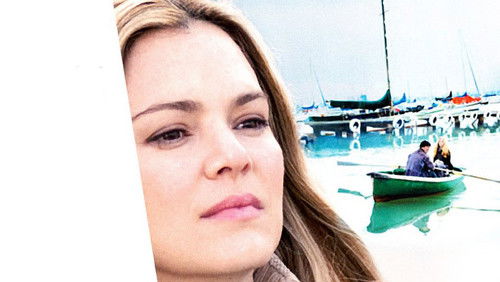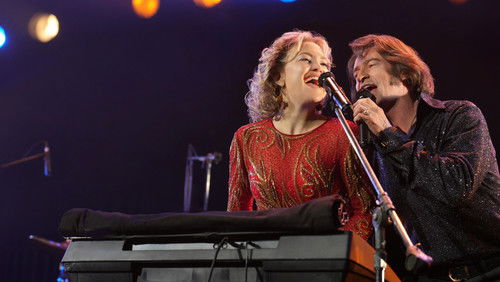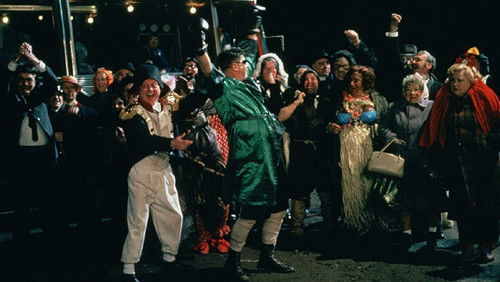Siebenmal lockt das Weib (1967)
64KSiebenmal lockt das Weib: Directed by Vittorio De Sica. With Shirley MacLaine, Peter Sellers, Elspeth March, Rossano Brazzi. Seven portraits of different types of women.
“WOMAN TIMES SEVEN is one of those portmanteau films beloved of filmmakers of the Fifties and Sixties linked by an abstract theme or authorial voice. In this case, it is adultery.u003cbr/u003eu003cbr/u003eShirley MacLaine gets the chance to show off her acting talent in seven different roles ranging from a mousy homemaker to a translator-turned-vamp, a shrewish society lady, and a middle-aged Parisian pursued by a strange man. Sometimes she is more effective than others; she reveals her talent for dancing as well as nonverbal comedy. The film is quite risqué for the late Sixties, as it has her appearing nude in one of the sequences, although director De Sica ensures that she is most tastefully shot, revealing nothing of her charms for lascivious viewers.u003cbr/u003eu003cbr/u003eOf the seven playlets, u0026quot;Funeral Processionu0026quot; is quite droll, with Peter Sellers reprising his role from the previous yearu0026#39;s WHATu0026#39;S NEW, PUSSYCAT? as a lecher trying yet failing to persuade a widow (MacLaine) to sleep with him. In u0026quot;Super Simoneu0026quot; Lex Barker plays a successful novelist so obsessed with his fictional character Simone and her sexual exploits that he remains immune to his wifeu0026#39;s (MacLaineu0026#39;s) entreaties – that is, until she initiates some outrageous stunts, including having their evening meal served by an African dressed in tribal clothing. u0026quot;At the Operau0026quot; has MacLaine as a society lady fond of shouting at everyone who is eventually trumped by the sight of one of her deadliest rivals (Adrienne Corri) having the same style of dress designed for her. The anthology rounds off with Michael Caine in a nonspeaking role working for a rich Parisian (Philippe Noiret) jealous of his wife (MacLaine).u003cbr/u003eu003cbr/u003eThe film incorporates some of the sexist values characteristic of a pre-feminist era: women mostly exist to serve their husbands, both socially as well as sexually. Yet such archaism is redeemed somewhat by the atmospheric photography (by Christian Matras) that captures Parisu0026#39;s romanticism and enduring attraction.”









